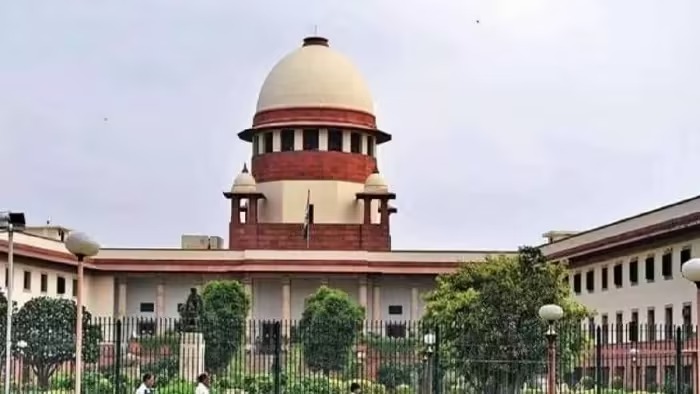
New Delhi: The Supreme Court has given an important verdict on the right of the state to occupy or acquire private properties and distribute them for public good by considering them as the material resources of the community. In a 7:2 majority verdict, the nine-judge Constitution bench has said that all private properties cannot become part of the material resources of the community and the state cannot take them under its control for distribution for public good.
Drawing the boundary line on private property rights
The apex court said that only in certain cases can the state take over or claim private properties. That is, all private properties cannot be considered community resources which the state can take over for public good. While this far-reaching decision of the Supreme Court has drawn the boundary line of the government's right over private properties, it has also given a jolt to the thinking of those who say that all properties will be surveyed and distributed equally. The Supreme Court's decision on Tuesday, in some way, confirms the individual's right over private property.
A nine-member bench headed by Chief Justice DY Chandrachud has given this verdict while answering the legal questions sent to the Constitution Bench in a case from Maharashtra. The nine judges have given three separate judgments of 429 pages in which Chief Justice Chandrachud himself and six other judges Hrishikesh Rai, JB Pardiwala, Manoj Mishra, Rajesh Bindal, Satish Chandra Sharma and Augustine George Masih have given the verdict in which the above order has been given. While Justice BV Nagarathna has partially agreed with the majority decision. While Justice Sudhanshu Dhulia has given a decision disagreeing with the majority.
Some tests must be completed
Justice Chandrachud has said in the majority judgment that every resource owned by an individual cannot be considered a material resource of the community just because it fulfills physical needs. The court said that before a privately owned property can be considered a material resource of the community, it must meet certain tests.
Interpreting Article 39(b) of the Constitution, the court said that the inquiry regarding the resources falling under Article 39(b) should be based on certain specific things. This may include factors such as the nature of the resources, their characteristics, the impact of the resources on the well-being of the community, scarcity of resources and the consequences of concentration of such resources in private hands. The bench said that the principles of public trust developed by the Supreme Court can also help in identifying the resources that fall within the scope of the physical resources of the community.
Justice Dhulia in his separate judgment completely disagreed with the majority
Justice Nagarathna partially agreed with the majority in a separate judgment, but Justice Dhulia completely disagreed with the majority in his separate judgment and said that it is the prerogative of the Parliament to see how the material resources are to be controlled and distributed. He said that when and how privately owned resources fall within the definition of material resources cannot be declared by the court.
The case specifically involved the interpretation of Articles 31C and 39(b) and (c) of the Constitution. The main case came from Mumbai and the main petitioner in the case was Property Owners Association & Others vs State of Maharashtra.
--Advertisement--

 Priya
Priya Share
Share



